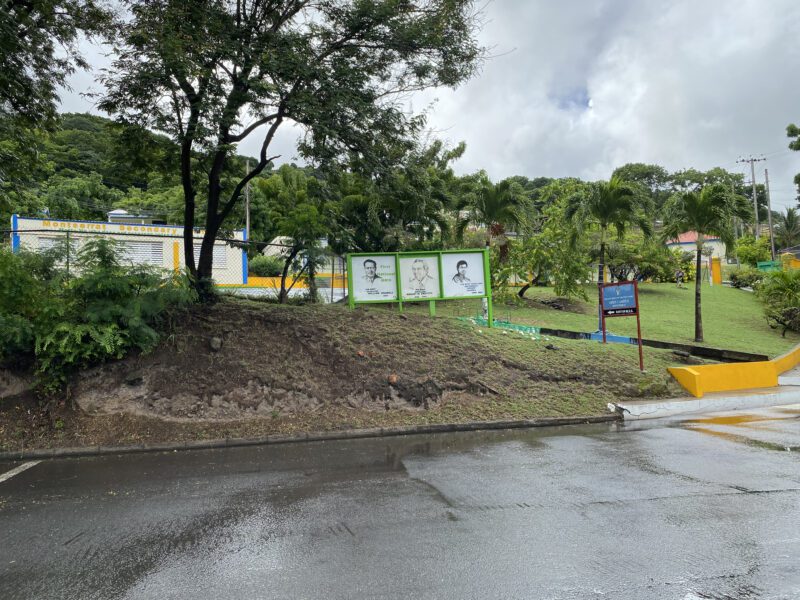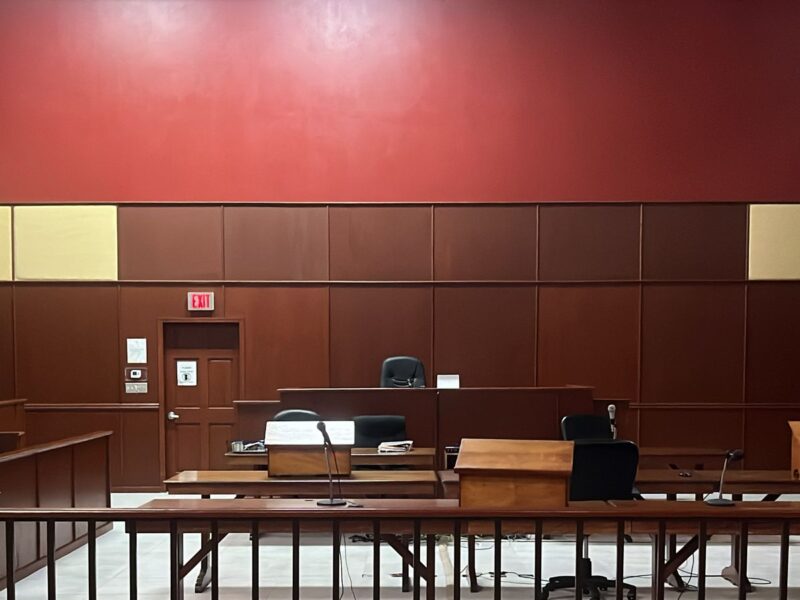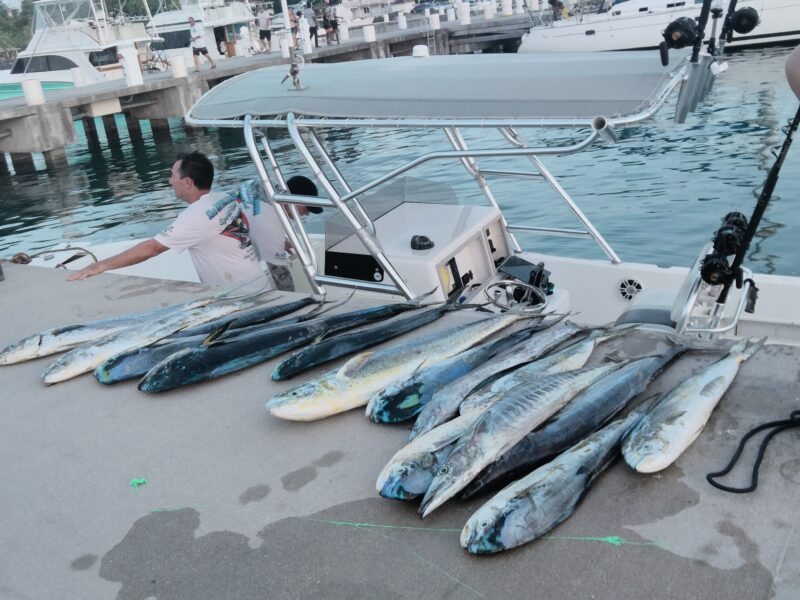For many Caribbean women, few places are safe from the threat of rape or sexual violence. Women report experiencing sexual violence in their workplaces and being violated by people in their towns and villages. Many times, the places that should be the safest for women are the most dangerous: their own homes. Homes are where many children–mainly young girls–are targeted for grooming, molestation and rape by a family member, neighbors or other people they know. Sexual violence of women in the region is so prevalent that Caribbean nations accounted for five of the world’s top 20 rape rates in 2019, according to the World Population Review, which studies demographics around the globe.
Antigua & Barbuda
She and Her Daughter Share the Same Father
|
Survivors of sexual assault in Antigua and Barbuda endure a long road to justice. The childhood of S was shattered at age 6 when her father began a cycle of sexual abuse.
The abuse escalated, resulting in her pregnancy at 15 years old. Now 26, S (the initial of her first name) is mother to a 9-year-old daughter, a child born of unspeakable circumstances. S and her daughter share the same father. For two decades, S’s pleas for help were ignored.
Antigua and Barbuda - More Research Needed
|
A debate swirls around whether fish species depletion in Antigua and Barbuda is a current problem or a future threat. Experts are casting a net over the broader implications for ocean ecosystems and resource usage with livelihoods, diets and recreational activities at risk. The Antigua and Barbuda Fisheries Division reports an overall increase in fish production, with periodic drops linked to economic disruptions and management regulations like the Great Recession and the 2013 Fisheries Regulation.
Finfish production rose from approximately 1,000 metric tons in 2007 to 1,500 metric tons in 2020. Queen Conch production has remained stable, ranging between 200 to 500 metric tons annually. Caribbean Spiny Lobster production has fluctuated, peaking around 2012-2014, with a post-2015 upward trend, ranging from 200 to 3,500 metric tons annually. Fishery Production Trend courtesy the Antigua and Barbuda Fisheries Division.







